Vol. 03 No. 07
Boutique Surplus Invasion
On December 2, 1978, the actor and comedian Walter Matthau hosted an episode of the NBC sketch comedy show Saturday Night Live. In the third to last sketch of the show, Matthau plays the proprietor of a New York wholesale surplus store. The sketch (56:26), by and far, isn’t very funny, but it is illuminating of the current state of surplus in American culture and how the market had changed. Matthau’s character is named “Hank,” and the plate glass window of the surplus store reads “H. Mathow Government Surplus.” In fact, Walter is playing a version of his brother Hank, who owned a Surplus store on Broadway and Canal St. in Manhattan (thanks to Matt Robinson for this tip)
It feels like the sketch could very well have been ripped from stories Hank had told him about the trade. The set of the skit is a basement-level storefront with piles of green and camouflage fabric everywhere and shelving to the ceiling. It opens with Matthau on the phone speaking into the receiver, “I got a deal on English battle jackets, I got Holland field jackets, I got Rhodesian fatigues, I got everything. I got the Italian camouflage jackets kids are crazy about them; they’re buying them hotcakes.” The main focus of the skit is when Laraine Newman’s character enters the shop, wearing a military parachute that has been dyed pink and cut into a cape-like top. She is the owner of a boutique named “Shot Down in SoHo.” She is there to attempt to return a group of military surplus canteens that had been dyed bright candy colors she is trying to sell as “Disco purses.”
The name of the fictional boutique could have easily been Camp Beverly Hills. This very boutique opened on Santa Monica Blvd in the summer of 1977. It was decorated with a large cargo parachute hanging from the ceiling, and “50% of the merchandise is international military surplus clothing,” the Los Angeles Times “Boutique Beat” recounted. Among the merchandise were military flare parachutes, originally white, dyed multiple bright colors, and converted to hip-length capes/blouses – this describes the top worn by Newman in the SNL sketch. Other items included British khaki drill trousers, Gurkha shorts, and Navy middies converted to zip-front jackets. Many of the surplus items in the shop had been converted in some way or another, either by recutting or dyeing. According to one of the owners, they kept a patternmaker and seamstress on hand to execute the conversions – like producing nylon skirts from surplus parachutes. Among the surplus was also a variety of “antique” clothes like tuxedo shirts and cowboy wear. According to “Boutique Beat,” about 95% of the products were made from natural fibers. When asked about the aim of the shop, one of the founds said, “With energy and resources drying up, people are going to have to learn to use and enjoy old clothing that’s available and good looking and well-made.”

Camp Beverly Hills wasn’t alone, with similar boutiques opening across the country. There was Commander Salamander in Washington DC, The Cockpit, Reminiscence and Unique Clothing Warehouse in New York City, and May Co.’s Unique Clothing Place in Los Angeles. Similar boutiques were opening abroad as well, like Rome’s Camomilla. All these shops stocked a mix of authentic US and foreign surplus, vintage clothing, and new garments made to mimic the older styles.
Soon department stores were cashing in on the surplus-style boom as well. In Memphis, Goldsmith's department store opened a surplus shop in their downtown store. Larger yet, Macy’s partnered with Harvey Russack of Unique Clothing Warehouse to create their own surplus boutique in 1,800 square feet of one of their main floors. The shop was decorated with military ammunition crates, and a large parachute was draped across the ceiling. The Women’s Wear Daily described the boutique’s selection as “the haute couture of the military world from Canadian Arctic gloves to Saudi Arabian and field jackets to jungle boots with the instructions on how to prevent jungle rot.” The concept was such a success that Macy’s opened another in their King’s Plaza store in Queens.

Unique Clothing Warehouse was the wholesaler of much of the surplus for Macy’s and other more fashionable shops. Eventually, Unique would have two locations in New York, including a 25,000-square-foot storefront at 726 Broadway (where the NYU bookstore is now located) and one location in Philadelphia. Harvey Russak was able to thread the needle between the worlds of ragpickers and surplus jobbers and young fashionable New Yorkers and the fashion brands courting them. Russack had started out buying unclaimed clothes from dry cleaners in Brooklyn, eventually opening up a shop on Atlantic Ave. before moving to Manhattan in 1969. At only 31, he was opening up the boutiques for Macy’s and providing wholesale surplus and vintage clothing to a handful of shops around the country. Russack also began producing “reproductions” of popular surplus styles for his wholesale clients – a perennial problem when trying to scale surplus style is a lack of control of supply and sizing – to keep up with demand. In 1978, Unique was producing its own six-pocket fatigue pants and WWII women’s wool jacket liners. Russack also hired an 18-year-old Basquiat to work in the art department after running into him tagging a building one night.
As Russack said to the Los Angeles Times, “It’s not counterculture,” about the surplus trend of the mid to late 1970s, “It’s an emerging culture.” Surplus styles were no longer viewed as being subversive political but rather just part of the emerging fractured fashion landscape that began to develop in the 1970s – and has only grown more fractious since. Surplus was no longer a way to drop out of the capitalist consumer culture but part and parcel of it. Another industry insider said, “it’s utilitarian and it’s high fashion.” Surplus was being embraced by mainstream popular fashion, but its biggest obstacle would be supply. The surplus market had always been comprised of an unsteady stream of goods, often sold in mixed lots and not in complete size runs. To fully scale, surplus styles would have to be reproduced.
Till next time,
C.W.M.
* * *

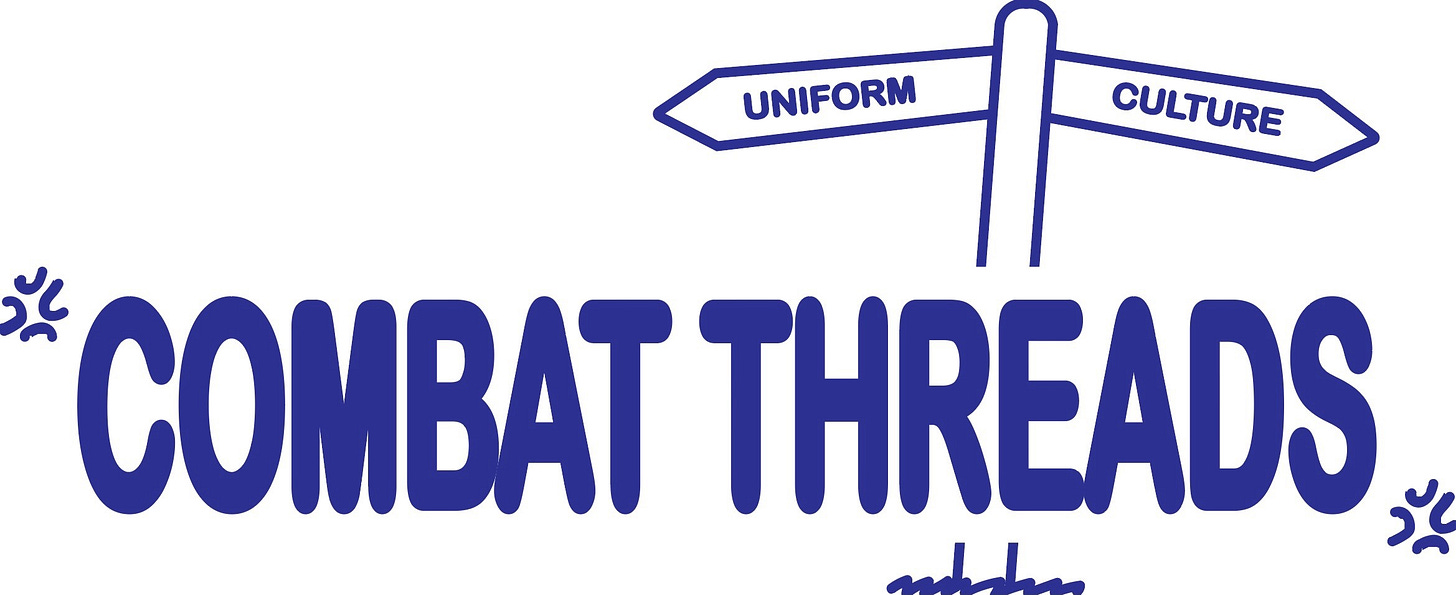
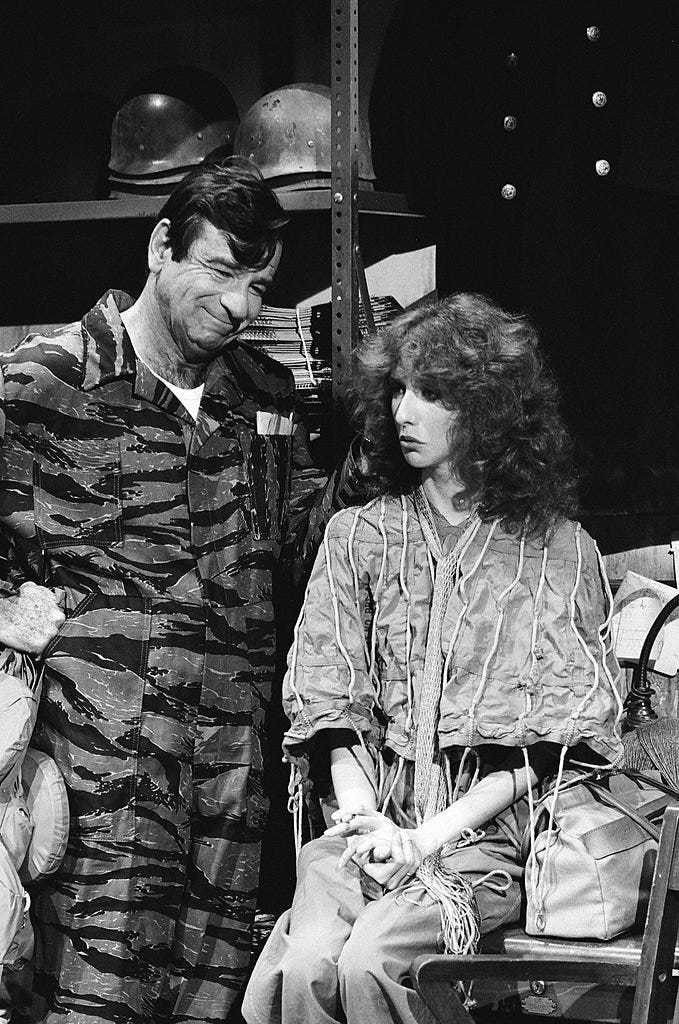
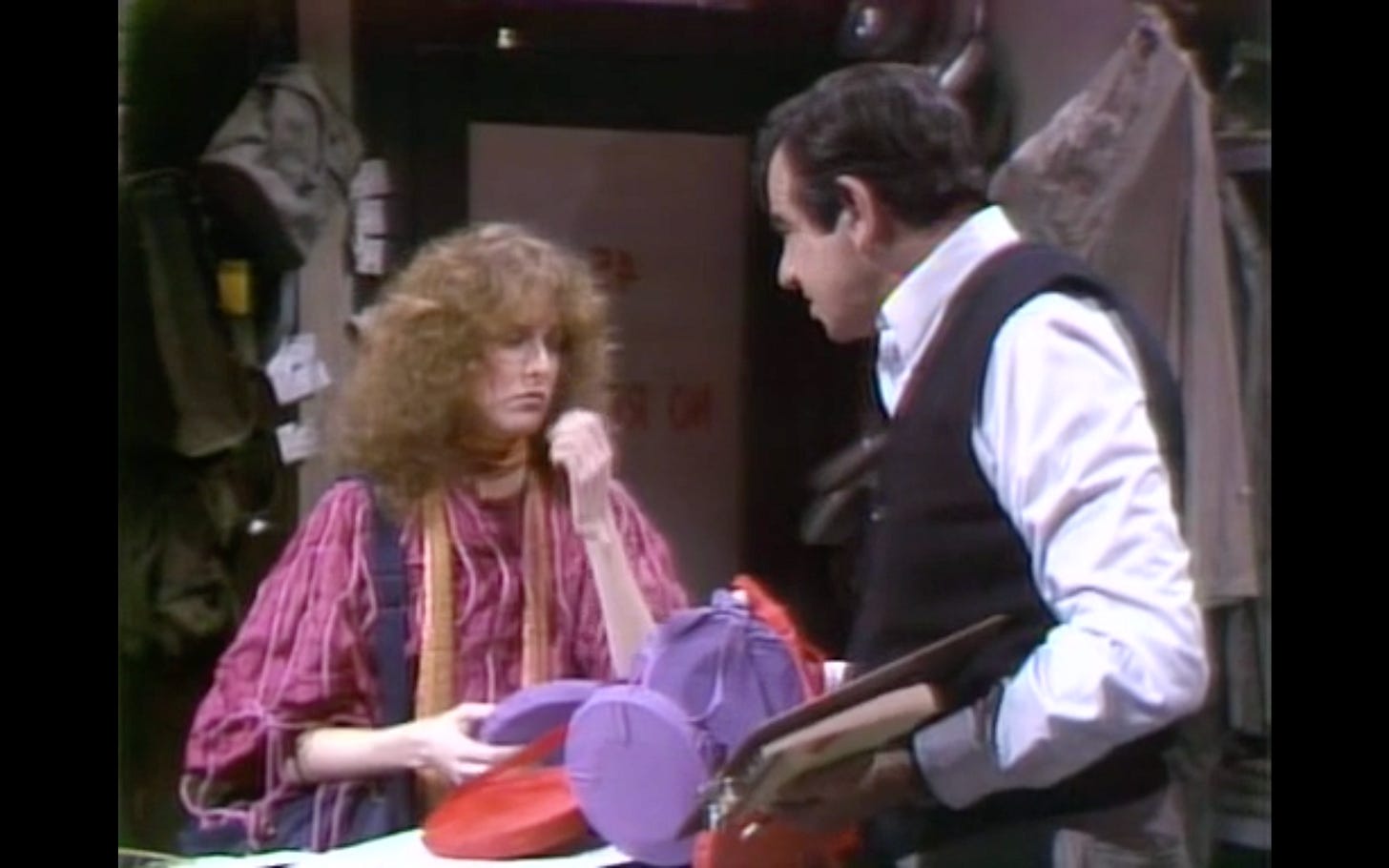

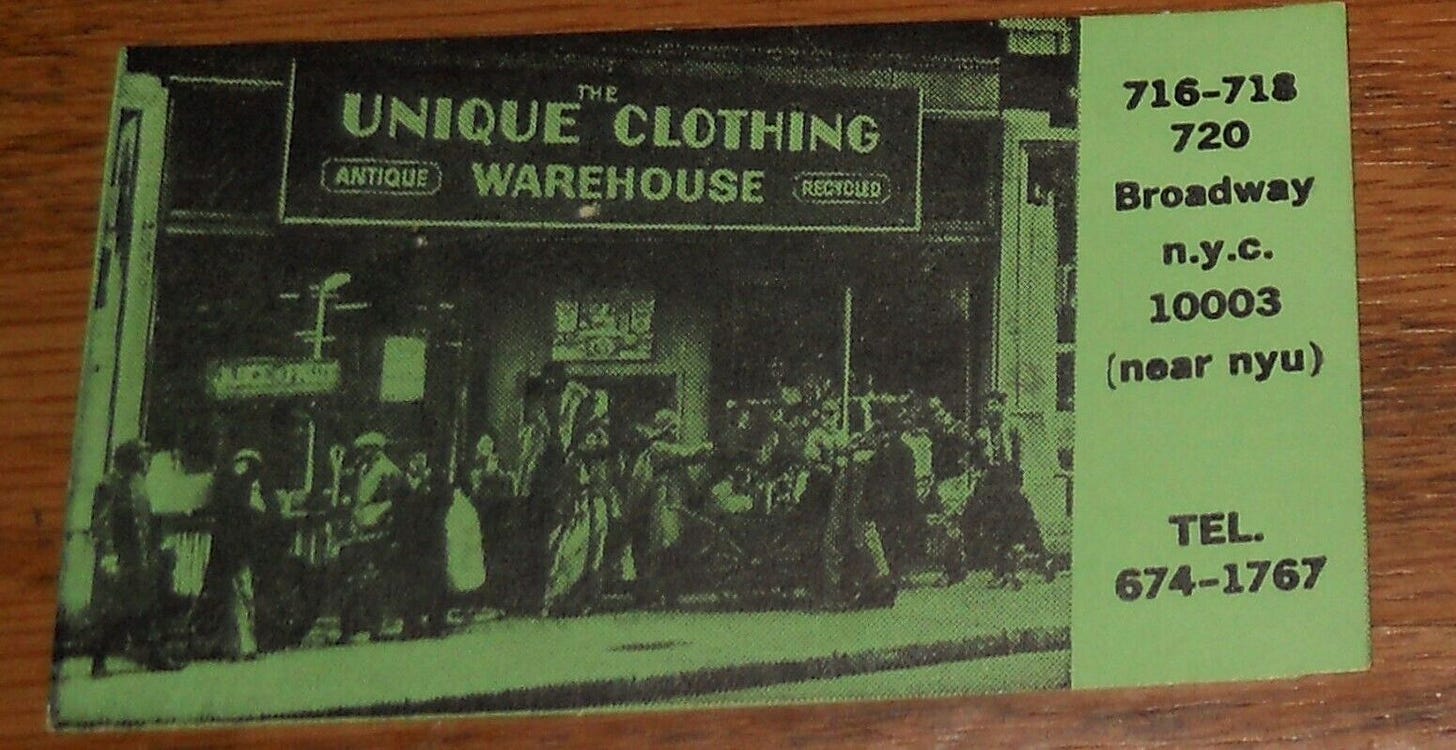
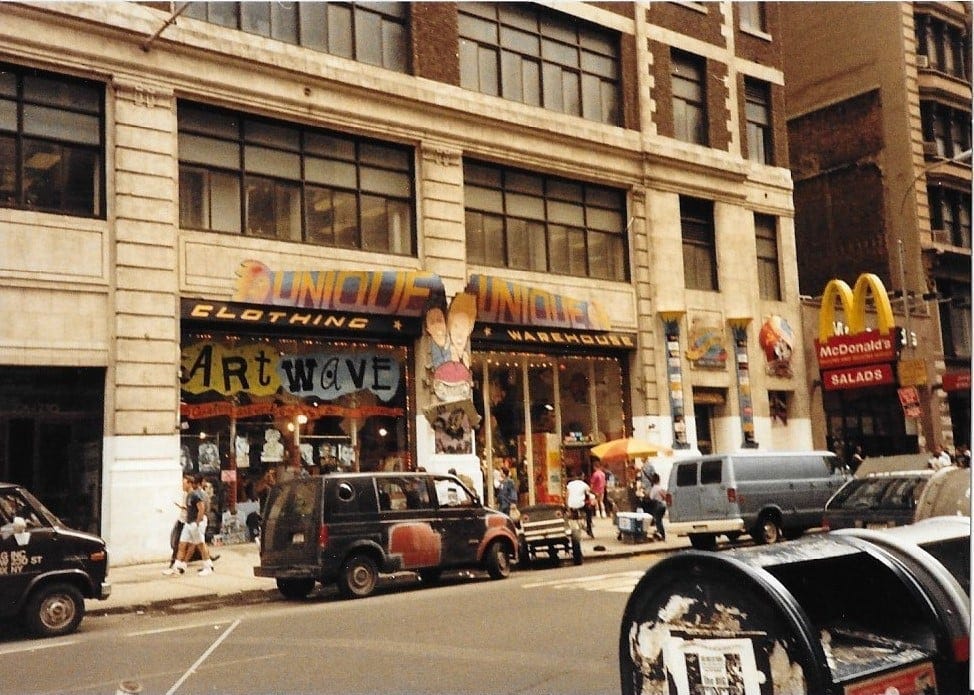

Good memories. I remember all the NYC stores mentioned, especially Unique. That was my spot. Sincerely, A Native New Yorker
You didn't Mention I Goldberg in Philadelphia